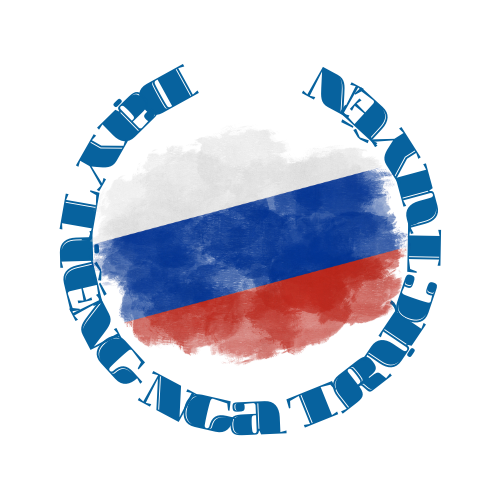The biker lifestyle in the US symbolizes a complex tapestry of rebellion and community, stemming from post-war societal shifts. From the battlefields of WWII to the open highways of modern America, motorcycles have become vehicles of personal freedom, carrying simultaneously rebellious ethos alongside corporate commodification[5][10][17].
## Roots of Rebellion https://usabikers.net/
### From Soldiers to Bikers
The modern biker identity took shape following the psychological aftermath of global warfare. Servicemen accustomed to the brotherhood of combat craved replacement social structures, leading to early rider groups including veteran-led motorcycle brotherhoods[5][13][17]. The dominant motorcycle manufacturers, having proven their worth, transitioned from tactical vehicles to identity markers, fostering enduring corporate allegiance[5][11].
The pivotal 1947 Hollister incident thrust biker gangs onto front pages, when 4,000 riders descended upon a rural municipality, resulting in property damage and arrests. This event etched the antisocial motorcyclist image in popular imagination, despite most participants being organized racing enthusiasts[10][13][17].
## Influential Biker Groups
### Rebels and Regulators
The nation’s largest riding organization originally functioned as the regulatory authority over organized motorcycle sports. However, its early exclusionary policies—barring racial minorities until the 1950s—ignited the emergence of parallel organizations eschewing AMA’s authority[11][13].
Four dominant outlaw clubs emerged as key players within this alternative landscape:
1. Hells Angels Motorcycle Club[2][3][10]
2. “God Forgives, Outlaws Don’t” adherents[3][10][13]
3. 1959 Maryland origins[8][10]
4. Texas-born international network[3][10]
Such organizations function via strict hierarchical structures including titled leadership roles, with physical headquarters functioning as symbolic territorial markers[10][13]. Although public perceptions of criminality, many chapters participate actively in community support programs such as toy runs and disaster relief[8][10][15].
## Societal Influence and Transformation
### From Silver Screen to Fashion Runways
The biker archetype permeates national entertainment, ranging from Hollywood’s rebellious archetype in *The Wild One* to modern reality TV franchises. Such widespread influence appears through:
– Apparel styles: Distinctive biker attire marketed through brands like Biker Life USA and Bikers Lifestyle[4][12]
– Musical influences: Cross-genre musical connections adopting biker aesthetics
– Written narratives: Hunter S. Thompson’s *Hell’s Angels*[1][6]
Recent sociological analyses highlight the paradoxical duality of modern biker culture: simultaneously rejecting mainstream values yet remaining heavily commercialized through brand partnerships like Harley-Davidson’s apparel lines[1][7][12].
## Contemporary Landscape and Challenges
### Riding Through 2025
The motorcycle event calendar remains fundamental to US motorcycling tradition, with 2025’s major rallies such as:
– Daytona Bike Week (Florida)[7][15]
– Sturgis Motorcycle Rally (South Dakota)[7][15]
– Arizona Bike Week (Scottsdale)[7]
Developing phenomena reshape rider demographics:
– Growing women’s involvement via organizations such as [2][8]
– Digital adaptation with online coordination platforms[7][15]
– Eco-friendly initiatives promoting electric motorcycle adoption[15][17]
Legal and ethical debates continue, particularly regarding:
– Outlaw club violence versus policing approaches[10][13][17]
– Responsible sponsorship models amid gambling industry ties[8][17]
– Commercial exploitation issues about biker imagery in mainstream fashion[4][12]
## Synthesis and Projections
US motorcycle society stands at a pivotal juncture, balancing its nonconformist roots against modern corporate influences. While new generations adopt electric motorcycles and digital communities, the fundamental spirit of freedom and brotherhood endures—now expressed through inclusive memberships and progressive values. The road ahead will likely see increased regulatory scrutiny and continued cultural relevance, guaranteeing the perpetual role of two-wheeled culture in America’s social fabric[5][10][17].
